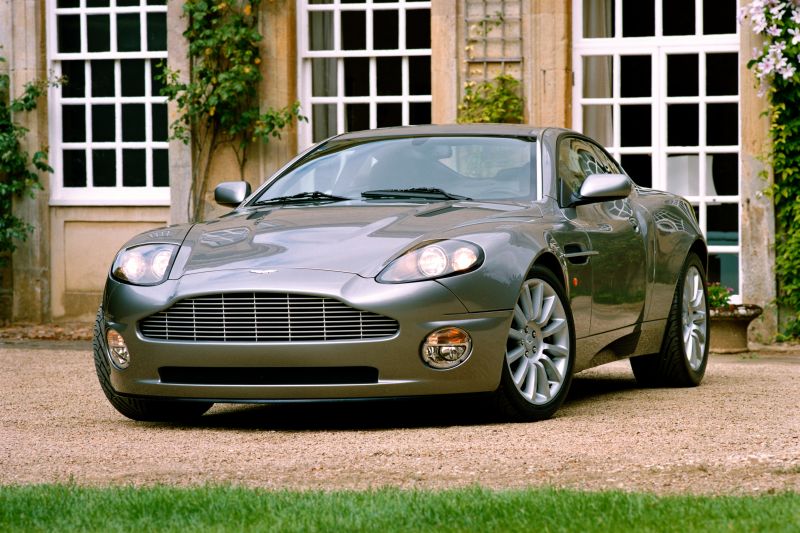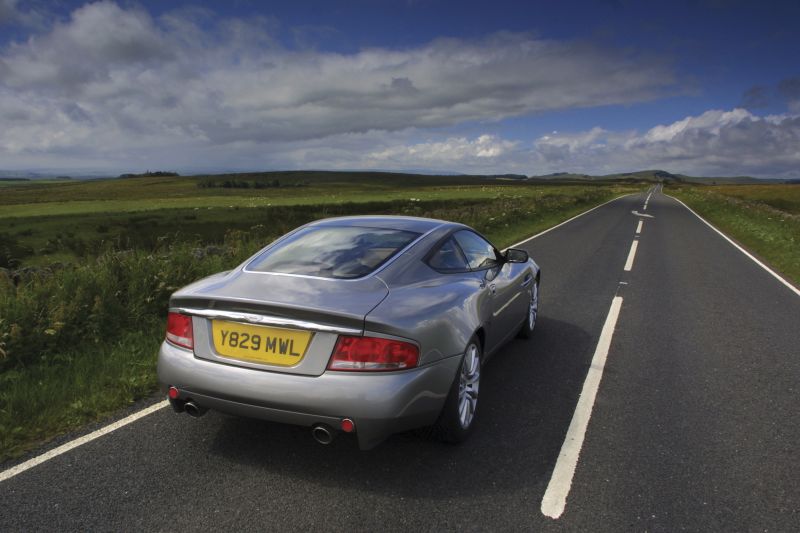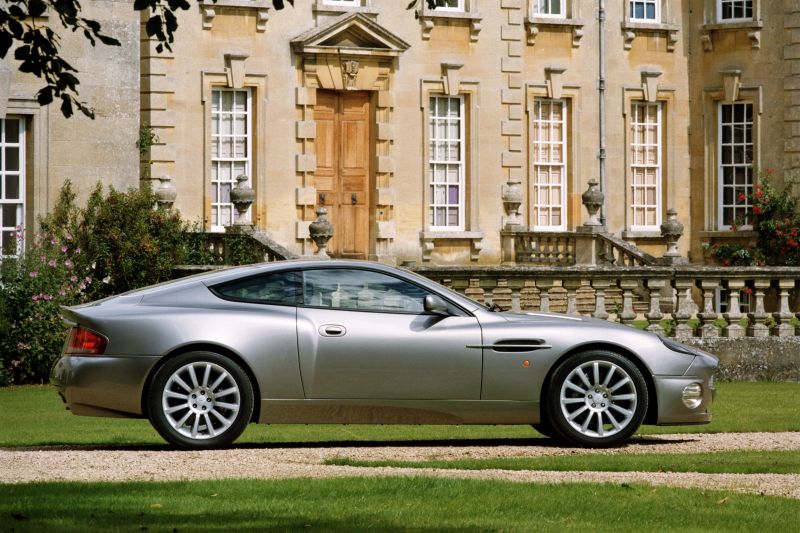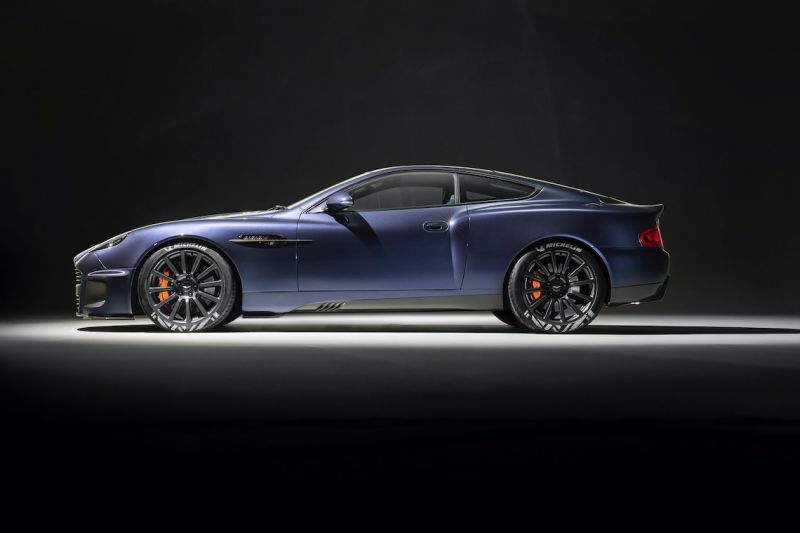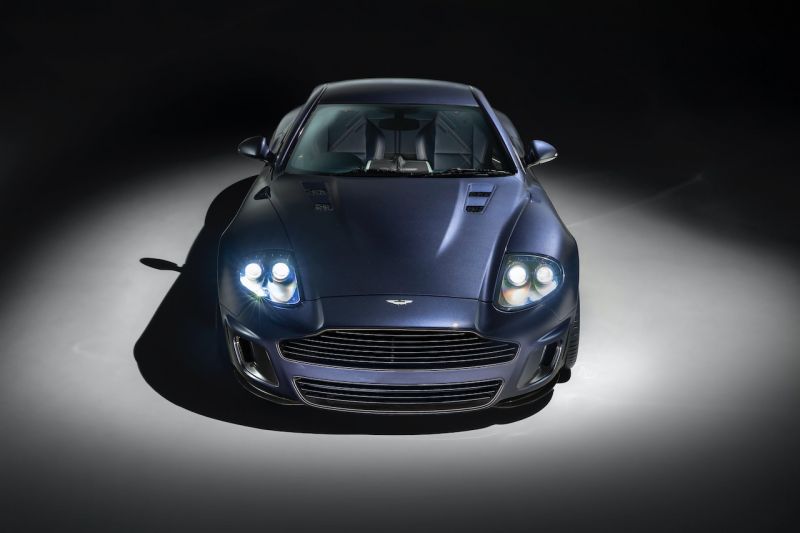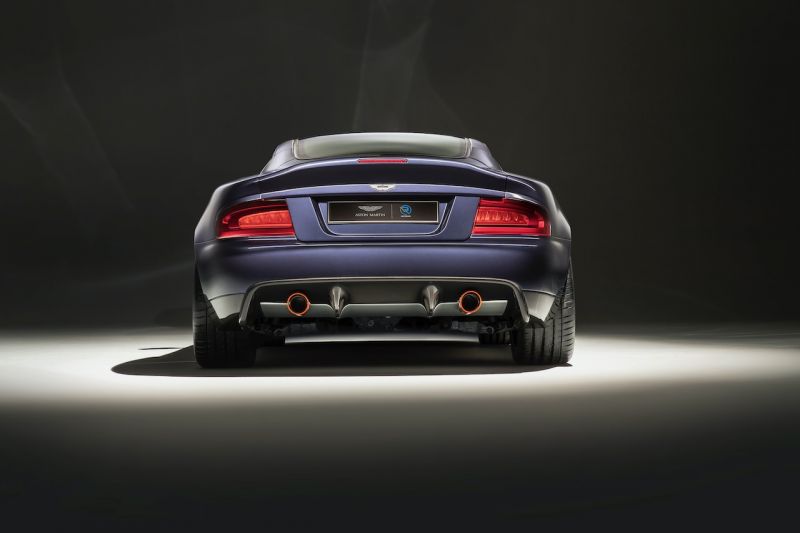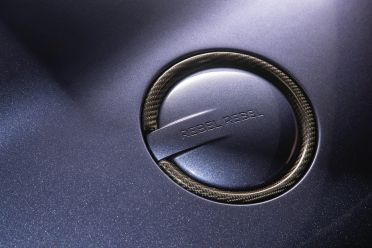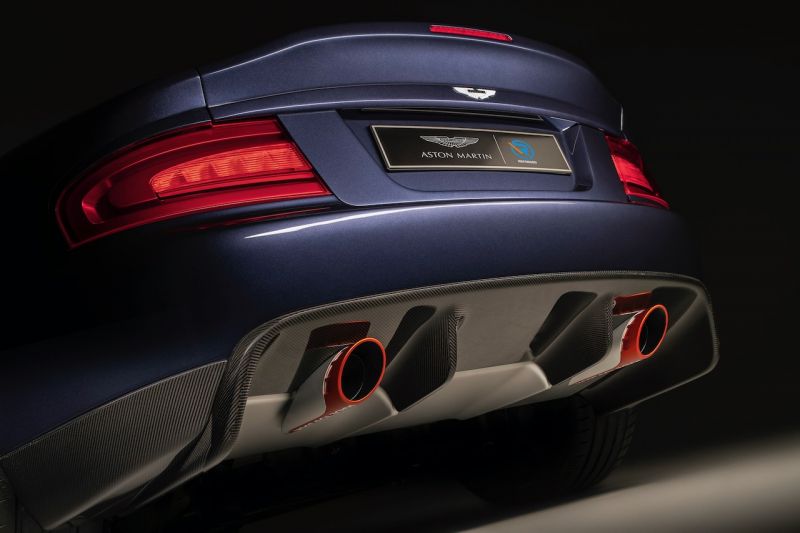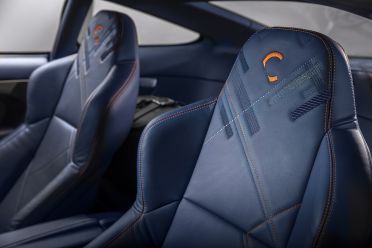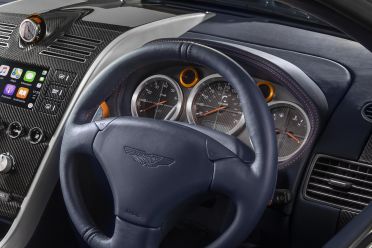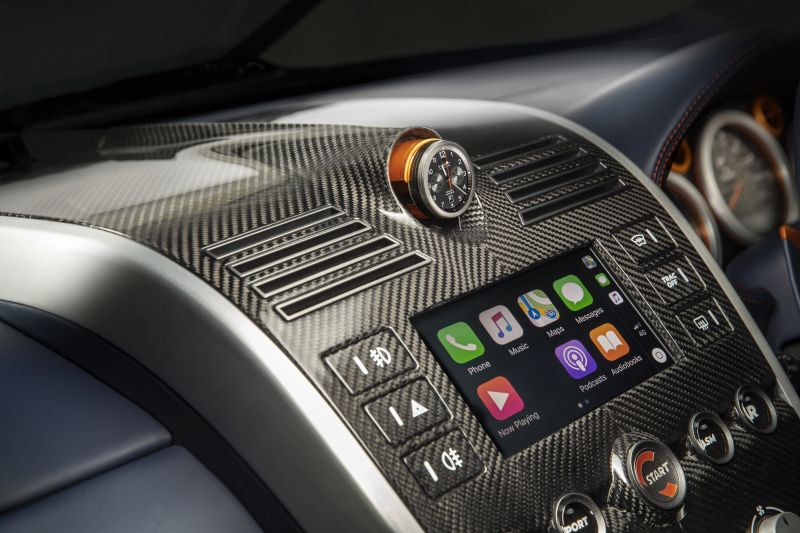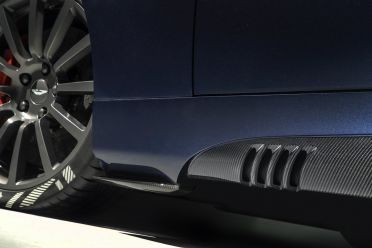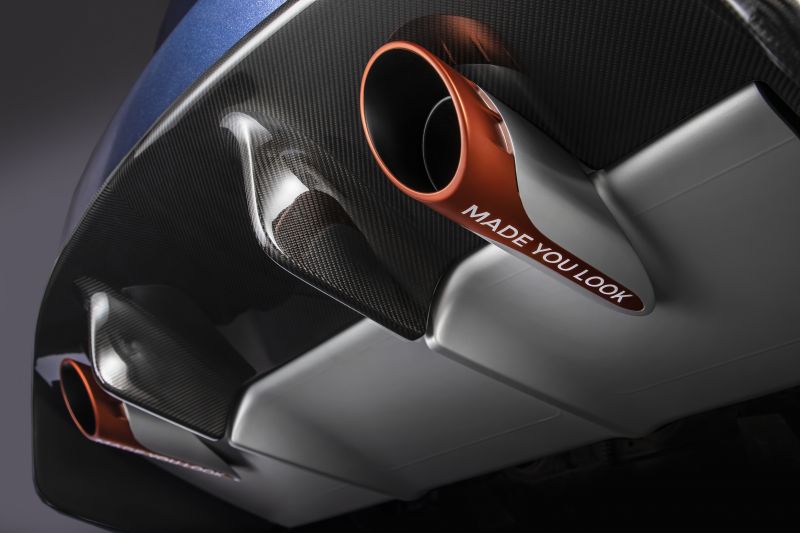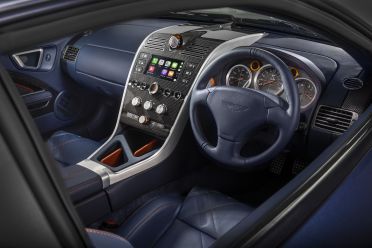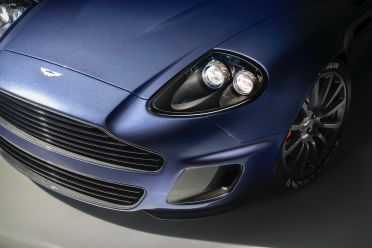Confusing, isn’t it. Well, not really. Not if you know about Ian Callum, the man behind the Aston Martin Vanquish, the recently-replaced Vantage, and the timeless DB9.
There’s also his more recent works: since taking the reins at Jaguar he’s penned a string of head-turning designs including the Jaguar F-Type, F-Pace, and XJ – not to mention the I-Pace, the brand’s first-ever pure-electric vehicle.
His work has been lauded by the highest echelons of the automotive industry, as well as the British Government itself, which appointed him a Commander of the Order of the British Empire (CBE) in 2019 for services to the British automotive industry.
We aren’t sure what Ian would think of that, given we know him as a truly down-to-earth person.
There’s a lead up to this story if you can stay with me, one that goes back to the year 2000. On my bucket list at the time was a mission to get to Aston Martin HQ at Newport Pagnell in Buckinghamshire – by hook or by crook.
We arrived at the factory at around 11:30pm on a Sunday night to closed doors, after a full day behind the wheel criss-crossing the UK’s retail centres.
That it was shut didn’t matter one iota. I climbed the four-metre high fence for a sneak peek and was rewarded with a spectacle that included more than 60 Astons of various generations, and in various states of rejuvenation. It was sensory overload.
Better still, the head office and accompanying showroom contained two silver Vanquishes spinning freely on a couple of giant lazy susans. True nirvana for any car enthusiast, especially given the it was the car from Die Another Day.
There it was, sitting right in front of me well before the movie opened the following year.
Nineteen years on and the V12 Vanquish still stands as one of the most exquisite GT cars of its era, balancing hardcore masculinity with drop-dead gorgeous styling and performance.
It was good enough to go head-to-head with Ferrari’s superb 550 Maranello and subsequent 575M, both V12 front-engined grand tourers.
The Vanquish was also one of the most powerful production Aston Martins built to that time, and stayed on those terms throughout its lifecycle with its naturally aspirated 5.9-litre V12 making 343kW of power at 6,500rpm and 542Nm of torque. Top speed was 306km/h.
The V12 Vanquish S was released in 2004 with uprated performance from the same displacement. Power climbed to 388kW and torque was bumped to 576Nm, for a top speed of 322km/h.
It was also the last model ever produced at the historic Newport Pagnell site, before Aston Martin moved to the current site of Gaydon in Warwickshire.
Production of the first-generation Vanquish ceased in 2007 with a build run of just 2578 cars, itself a reason Ian Callum thought it unfinished business. That’s one of the reasons he’s taken the time to create his own vision, a perfect re-imagination of his modern classic.
Not only has Aston Martin officially approved the project but they are clearly big supporters of the significant contributions to brand’s heritage and evolution that Callum made to the brand.
To call it bespoke is a massive understatement. Only 25 individuals will have a chance to own a new Vanquish, but with that privilege comes a steep price.
How steep? Try £550,000 ($1,079,485 at the current exchange rate) excluding local taxes and import duties. Yes, it does include the donor car.
That said, it’s a proper remaster with collaboration from a host of high-end specialists, including Swiss company RF Racing and its R-Reforged brand. Other partners include Bremont, Bridge of Weir leather, Michelin, and Mulberry.
Everything is being reworked, from the visuals, stance, and interior – including infotainment and technology – to the performance and dynamic competences. There are more than 100 changes to the original Vanquish to bring it in line with more contemporary models.
Right from the get-go this is a more resolved Vanquish, with more aggression dialled in with a carbon-fibre bumper and dedicated brake ducts replacing the original fog lights.
The fog lights aren’t required anymore, given the Vanquish 25 gets high-intensity LED headlights. The lines are cleaner, while the 10mm ride height drop gives it a more menacing, hunkered-down look. Tick.
It’s cleaner, yes, but we also like the new carbon-fibre side strakes and unique side mirrors replacing the larger stock units.
There’s also one-piece carbon-fibre window frames replacing the standard chrome versions, and a unique aluminium/carbon fuel filler cap. Look closely and you’ll notice Rebel Rebel embossed on the cap, a nod to Callum’s love of the late David Bowie – both his music and mastery of on-stage visuals.
And, you’ll notice the 20-inch spun-forged alloy wheels shod with Pilot Sport Michelin rubber for a more finely-resolved balance between ride comfort outright handling. Callum’s chassis expert Adam Donfrancesco worked with the French tyre manufacturer testing all manner of compounds to find the best fit for the Vanquish 25.
Down back it’s a similar story, with a new bumper and taillight assembly along with a more pronounced diffuser in carbon-fibre with integrated dual exhausts tips.
If anything dates the Vanquish it’s the interior. Both from a technology standpoint and in its general layout including driver’s seating position. Both have been addressed with a carbon-fibre trimmed centre stack and an 8.0-inch screen running Apple CarPlay and Android Auto.
The seats look to be heavily bolstered but deeply cushioned, and they’re set lower in the car. They’re trimmed in a new abstract pattern from Bridge of Wier.
The steering wheel – also trimmed in leather – houses lower-set paddle shifters, designed to be more tactile than the original units.
There’s some exquisite aluminium switchgear, extending to the three dials on the carbon-backed instrument cluster sitting behind the chunky three-spoke steering wheel.
The detachable Bremont chronograph perched high up on the dash in its own carbon fibre housing is brilliant, especially given its also doubles as a wristwatch.
There’s no rear seats here. Who needs the extra weight? The rear have instead been replaced by a bespoke luggage set by Mulberry, for that proper GT aesthetic. Dynamically, the Vanquish has been beefed up with a wider track for a more stable platform.
The dampers and springs have also been customised for the car, and there’s bigger anti-roll bars at both ends, while stiffer bearings – not dissimilar to those in Aston Martin endurance racers – have been used to minimise roll and improve agility.
There’s carbon ceramic brakes sourced from Aston Martin directly, measuring 398mm up front and 360mm at the rear for what should be exceptional stopping power.
The steering is said to have been given more feel, too, along with a dash of extra weight. That should match well, then, with the steering wheel rim that has been carefully shaved for better tactility in the hands.
Turns out there are no massive gains in any single area of the new Vanquish 25. Callum’s team has instead pushed a well-rounded approach to improving the car, which is why the power output has only increased by 45kW to 388kW through a larger air box and enhanced exhaust.
The transmission for the original V12 Vanquish was Aston’s unloved automated manual, dubbed Speedshift, but buyers can option a traditional six-speed torque converter gearbox – or even the manual conversion already offered by Aston’s Works Division.
Check back in for further updates on the Vanquish 25, and a review… when travel is back on the cards.

